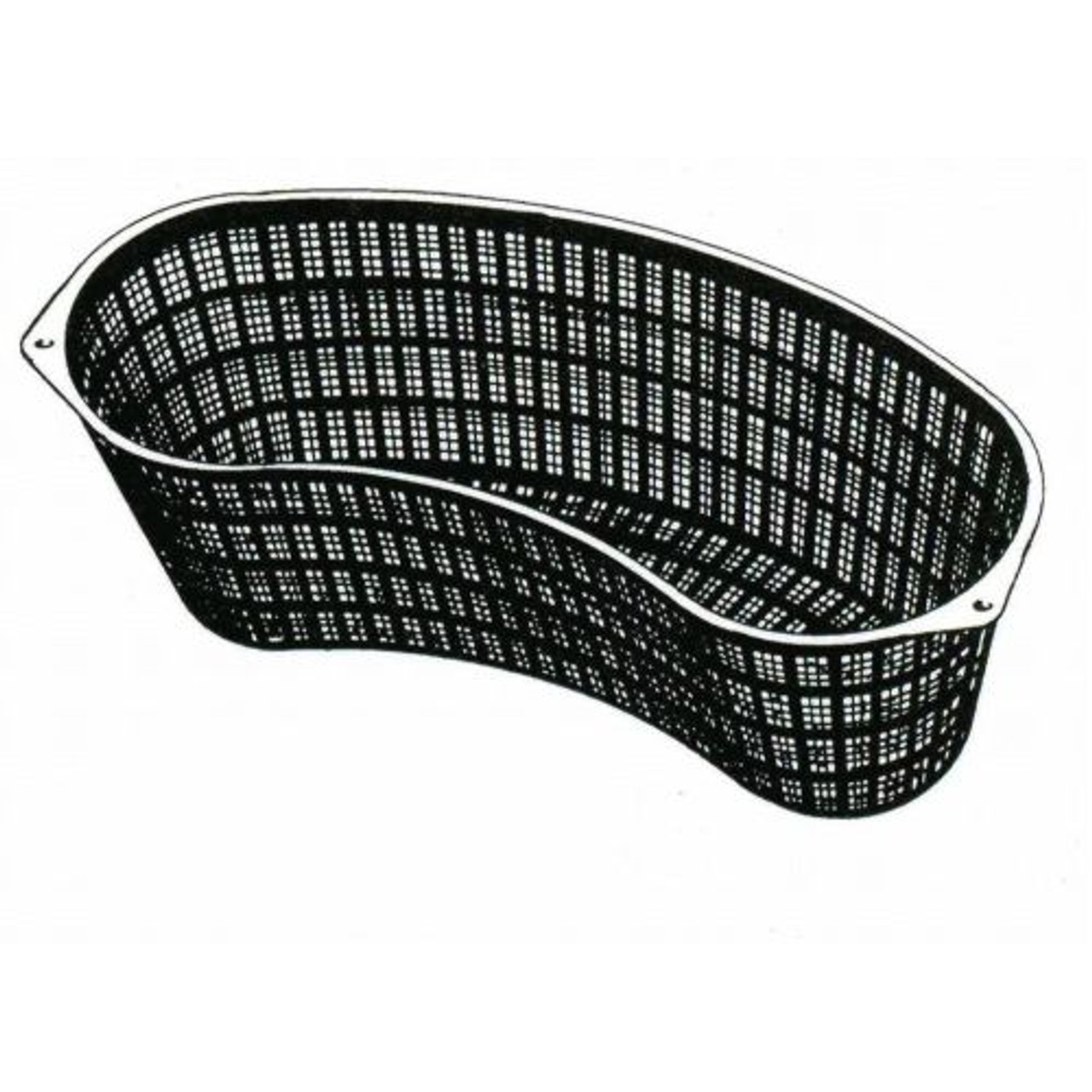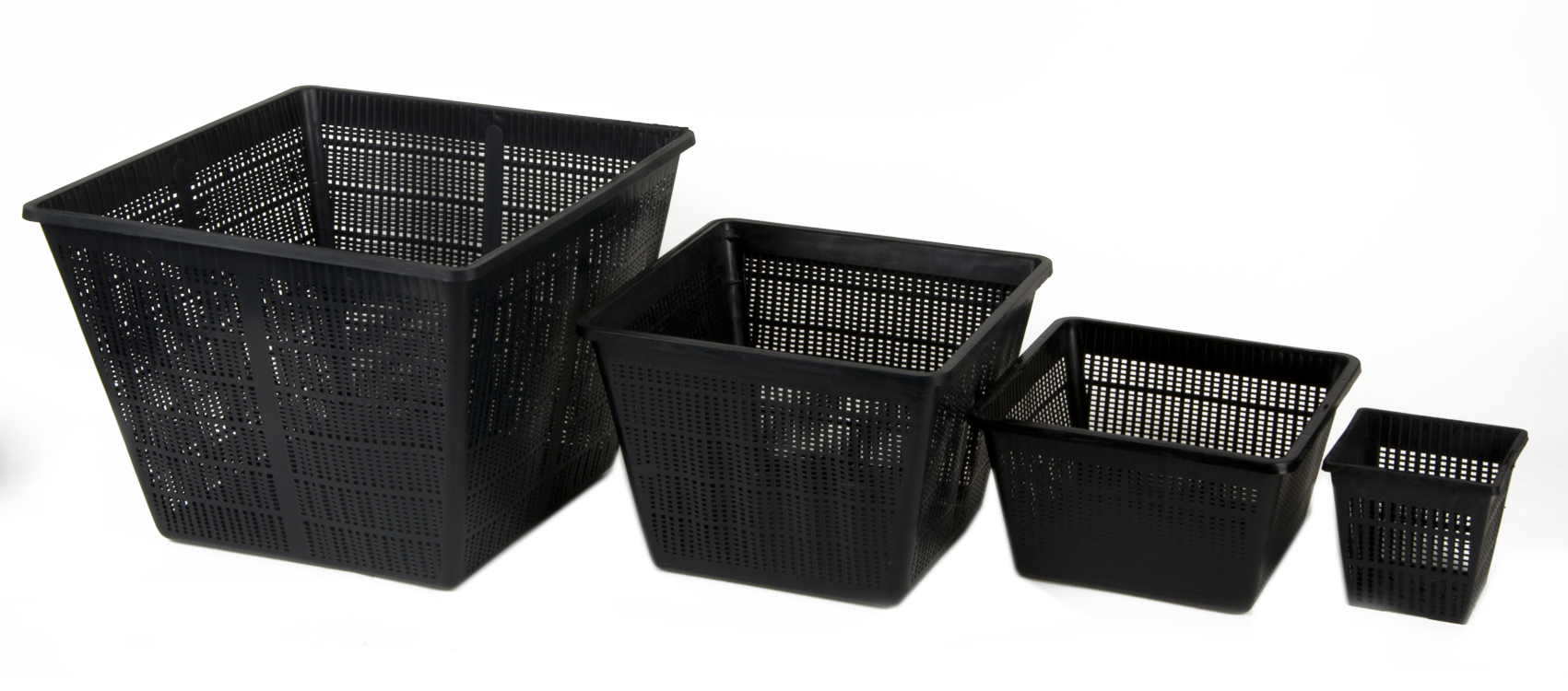When it comes to pond plants, baskets offer a unique and versatile way to add beauty and functionality to your water feature. Whether you’re looking to create a floating garden, add oxygenation, or provide shelter for wildlife, pond plants in baskets can help you achieve your goals. In this comprehensive guide, we’ll explore the best plants for baskets, discuss basket design and materials, and provide step-by-step instructions for planting and maintenance.
Plant Selection and Compatibility

Choosing the right plants and ensuring compatibility is crucial for creating a thriving pond basket ecosystem. Consider the following factors when selecting plants:
Plant Characteristics
- Growth Habit: Select plants with a variety of growth habits, such as upright, spreading, or floating, to create visual interest and diversity.
- Size: Choose plants that will not outgrow the basket or compete for space with each other.
- Hardiness: Opt for plants that are suitable for your climate zone and water conditions.
Compatibility
- Water Depth: Plants have different preferences for water depth, so group plants that require similar depths.
- Sunlight Requirements: Consider the amount of sunlight your pond receives and choose plants that thrive in those conditions.
- Nutrient Requirements: Select plants with similar nutrient needs to avoid competition for resources.
Benefits of Mixed Plantings
- Increased Biodiversity: A variety of plants attracts different organisms, creating a more balanced ecosystem.
- Improved Water Quality: Some plants help filter pollutants and oxygenate the water, benefiting the pond’s overall health.
- Enhanced Visual Appeal: Mixing plants with different colors, textures, and shapes creates a visually stunning display.
Basket Design and Materials: Pond Plants In Baskets

The ideal size and shape of pond plant baskets depend on the size and root structure of the plants being planted. Smaller baskets are suitable for smaller plants, while larger baskets are necessary for larger plants with extensive root systems. The shape of the basket should also accommodate the plant’s root structure, with wider baskets being better suited for plants with shallow roots and narrower baskets for plants with deep roots.
The material of the basket is also important. Baskets made of plastic or other non-porous materials can prevent water and oxygen from reaching the plant’s roots, leading to root rot and other problems. Baskets made of natural materials such as bamboo or coconut fiber are more porous and allow for better drainage and aeration.
Drainage holes are essential for pond plant baskets. They allow excess water to drain out of the basket, preventing the roots from becoming waterlogged. Aeration holes are also important, as they allow oxygen to reach the plant’s roots. Without adequate aeration, the roots can become suffocated and the plant can die.
There are many creative and functional basket designs available for pond plants. Some baskets are designed to be placed on the bottom of the pond, while others are designed to be suspended from the sides of the pond. Some baskets even have built-in water pumps to provide additional aeration for the plant’s roots.
Drainage Holes
Drainage holes are essential for pond plant baskets because they allow excess water to drain out of the basket. This prevents the roots from becoming waterlogged, which can lead to root rot and other problems. The number and size of drainage holes will vary depending on the size of the basket and the type of plant being planted.
Aeration Holes
Aeration holes are also important for pond plant baskets because they allow oxygen to reach the plant’s roots. Without adequate aeration, the roots can become suffocated and the plant can die. The number and size of aeration holes will vary depending on the size of the basket and the type of plant being planted.
Creative Basket Designs
There are many creative and functional basket designs available for pond plants. Some baskets are designed to be placed on the bottom of the pond, while others are designed to be suspended from the sides of the pond. Some baskets even have built-in water pumps to provide additional aeration for the plant’s roots.
Here are a few examples of creative and functional basket designs:
- A basket made from a hollowed-out log can provide a natural and rustic look to your pond.
- A basket made from a piece of bamboo can be both decorative and functional, providing both drainage and aeration for your plants.
- A basket made from a piece of coconut fiber can be a sustainable and eco-friendly option, providing both drainage and aeration for your plants.
Planting and Maintenance

Planting and maintaining pond plants in baskets is crucial to ensure their health and aesthetics. Follow these steps for successful planting and care.
The right soil and potting mix are essential for the health of pond plants. A mixture of loam, sand, and peat moss provides good drainage and aeration while retaining moisture. Avoid using garden soil, as it can compact and become waterlogged.
Watering, Pond plants in baskets
Water pond plants regularly, especially during hot and dry weather. Submerging the baskets in the pond allows for consistent hydration. Alternatively, water the plants directly, ensuring the soil is evenly moist but not soggy.
Fertilizing
Fertilize pond plants every few weeks during the growing season. Use a slow-release fertilizer specifically designed for aquatic plants. Avoid over-fertilizing, as this can lead to algae growth.
Common Pests and Diseases
Pond plants in baskets can be affected by pests and diseases. Aphids, mealybugs, and spider mites are common pests. Treat them with insecticidal soap or neem oil. Fungal diseases like powdery mildew can be controlled with fungicides.
